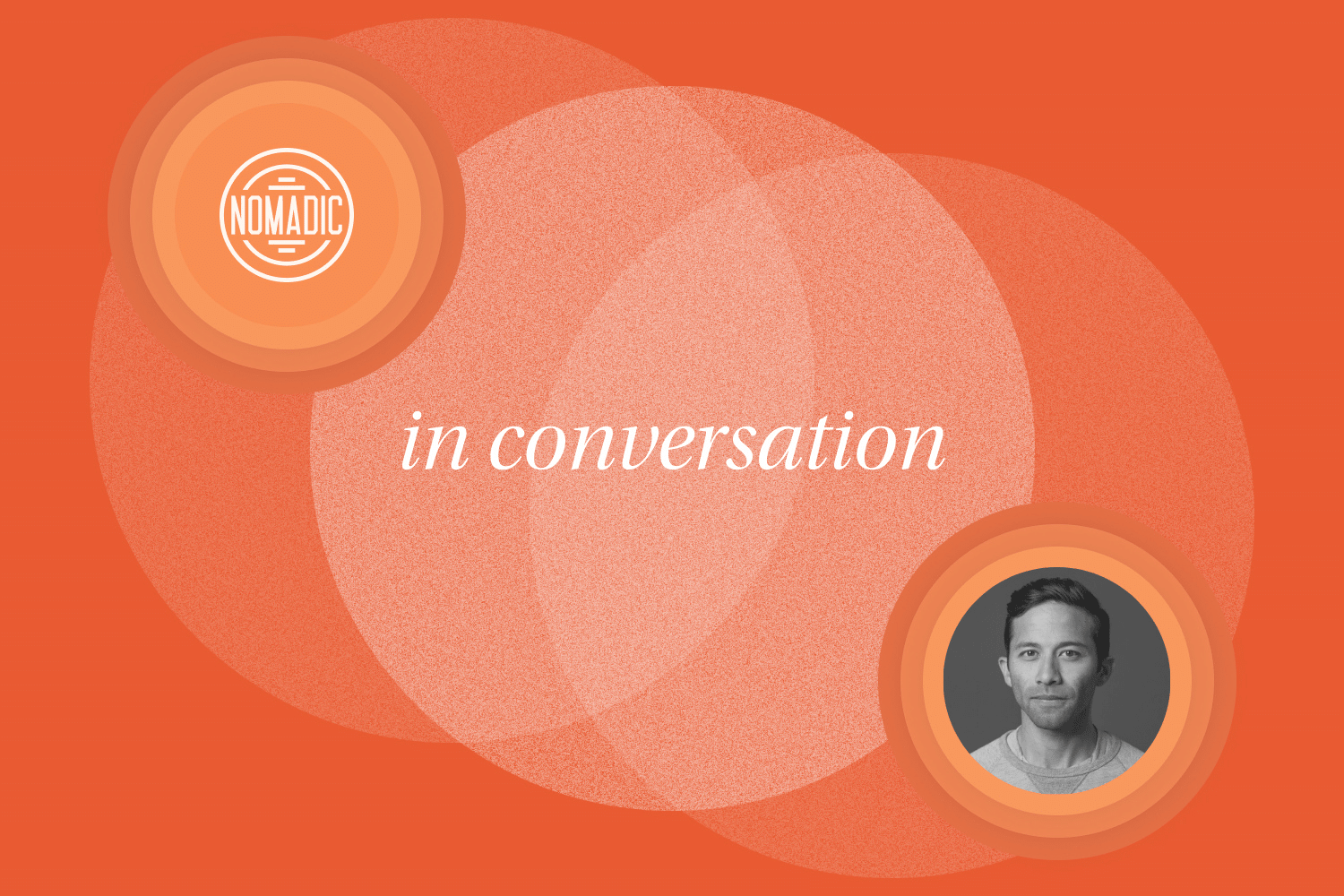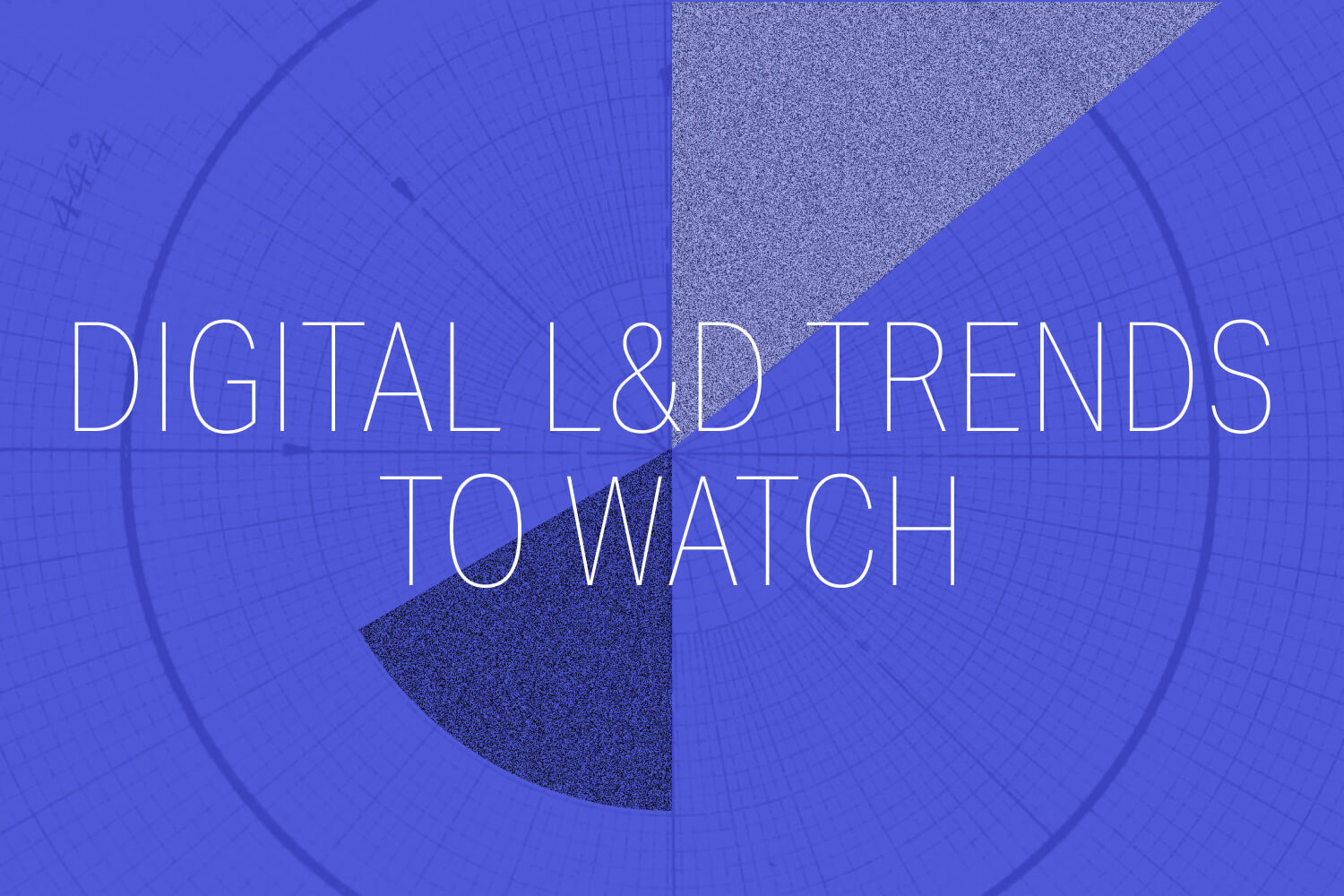How Citi discovered untapped talent with semi-synchronous collaborative learning

Explore how Citi discovered new voices, identified new talent, and fostered unprecedented learner engagement with our collaborative learning academy.

Kevin Alster is a learning strategist and leads customer education at Synthesia, a web-based platform for creating videos with AI avatars and voices used by thousands of companies to create videos at scale. He was previously a learning experience designer at General Assembly and has also worked in product development at Sotheby's and The School of the New York Times.
Thank you to Kevin for providing some insight into his career and his perspective on the opportunities for AI in L&D. I especially liked his observation that though AI can help scale solutions, it can also end up scaling problems, when used without thoughtful and incremental experimentation.
Read on to hear more about what Kevin has to say about how roles are changing in L&D, how L&D can do a better job connecting solutions to business transformations, and why Top Gun: Maverick understood the assignment.
This interview is part of a new Nomadic blog series featuring different perspectives on L&D, leadership, and how companies are transforming the way they do business, learn, and grow. If you're interested in these topics, you might also enjoy my earlier interview with our CEO and co-founder Matt Burr, where we talk about how learning can support business transformation.

In Conversation: five questions with Kevin Alster
1. What brought you to the L&D field?
I’ve always been interested in how we learn with technology. I started out in the classroom and was quick to implement computer-based instruction as a way to both provide students with targeted skills practice and space to segment the class for small-group instruction.
Then in 2017, a few years after switching from the classroom to developing branded learning products, I had an awesome opportunity to work with the (then) New York Times Virtual Reality team to help teach VR storytelling. I saw how VR could help learners experience new concepts, stories, or training in a much more immersive format and was looking forward to VR entering the learning toolkit.
However, while working with emerging tech in these learning spaces, I noticed something: people were slow to adopt new tech solutions for existing problems. There wasn’t enough content, there weren't implementation plans senior leaders could understand, or there was just too much anxiety around trying something new or different.
Shifting completely into L&D only confirmed this problem, as every client had a new digital transformation initiative, but a lot of uncertainty on how it connected employees to building new behaviors or even how it would benefit the business.
I knew then that I wanted to be the person to help other people adopt emerging tech in the L&D space. Enthusiasm about new tech and an understanding of the business context is very much needed in our world.
2. What do you wish people knew about the role of AI in learning?
AI is a key to unlocking solutions at scale—not the solutions themselves.
The key to success in implementing AI solutions is incremental experimentation with parts of the learning job that at least one human is doing successfully. There are two parts to this. Borrowing from Roger Martin’s The Design of Business: the first step to solving business problems is that humans are still the ones doing the thinking, asking the questions, following a hunch, creating a heuristic, and then scaling that solution. You’re ready for AI when it’s become very painful for that person to manually solve that problem or if the pull of unlocking new opportunities is really great.
The second is that while AI enables solutions at scale, the opposite is also true. If you try to automate bad decisions or you don’t understand the limitations of AI to solve your problem, then those consequences will also scale as well. To build properly, you need to start small. For example, if you’re looking at a recommendation engine for learning pathways, choose one capability or even one skill as your pilot. If it’s about reporting learner data and analytics, start with one cohort. Think big, but start small.
3. What's an L&D trend you find interesting right now? (AI-related or otherwise!)
I’m seeing more non-traditional L&D roles that have moved into learning positions. These are typically folks who had specialized in one role and have been adopted by the learning function to then develop that capability at scale in the organization. The advantage of someone from outside the learning team is often they’re sitting closer to the business than a typical L&D person. Where the learning team has to do discovery to uncover the problem, these select few can point them out straight away from experience. Also, I’ve noticed that these roles that are tapped to join L&D are “internal celebrities.” They’re often known for heading up a pivotal project or have been tied to business success. This means that they can help connect the learning team to the right people and (probably) do a better job of building internal support for your development program.
What does that mean for us learning folk? I see the opportunity to double down on our specialty—designing learning experiences and sizing them in a way that people can find them when they need them. I think of the design process as a see-saw where the specialized non-L&D person can do more discovery and I’ll take over with the development and delivery.
4. Any book, music, or movie recommendations you've been loving lately?
I’ve been reading and re-reading Priya Parker’s The Art of Gathering. It’s a fantastic resource for framing the purpose of why you’re bringing folks together and designing for outcomes. It’s broadened my thinking from facilitating experiences as concentrated, one-off workshops to a multi-modal approach of nudges, personalized invitations, and other purposeful programming that creates learning experiences that continue beyond the moment you have people in the room.
The movie I’ve been recommending is Top Gun: Maverick. I love this movie for two reasons. It understands the assignment for what audiences want to see. It’s light on plot and heavy on the cinematic experience of sitting in a fighter jet. Second, there’s a human focus to all of the action where the characters don’t have the latest tech to trounce the enemy. Instead, they must succeed by tapping into human skill and daring, which pairs well with the stunts and the exciting visuals of the story.
5. What advice would you give to someone just starting their career in learning?
L&D can’t make the case for itself on its own since our business results are to be seen on much longer timelines. This puts us at risk, in times like now, where resources are tight and budgets and jobs are being cut. As a result, L&D departments need champions and partners from across the organization to speak up for our results. This means that you can’t afford to get your work done in a silo—you have to get to know a lot of people personally (and of course deliver). Sometimes this can be as simple as scheduling one coffee chat a week. When it comes to partnering on programs, it’s much easier to collaborate if it isn’t the first time they’ve seen your face.
*
Thanks again to Kevin for chatting with us! I know I'll be making "think big, but start small" my new mantra.
If you enjoyed this post, you might like:
*
Sign up to get the latest expert commentary, analysis, and news in learning and leadership delivered straight to your inbox.

Explore how Citi discovered new voices, identified new talent, and fostered unprecedented learner engagement with our collaborative learning academy.

Check out the first post in our new series, where LifeLabs Learning explores why in a changing era of work, L&D should focus on one of the areas that creates the most organizational impact: upskilling managers.

Check out our interview with Sonia Mooney, HR consultant, to hear her perspective on keeping people in mind when solving problems and connecting the dots between functions.